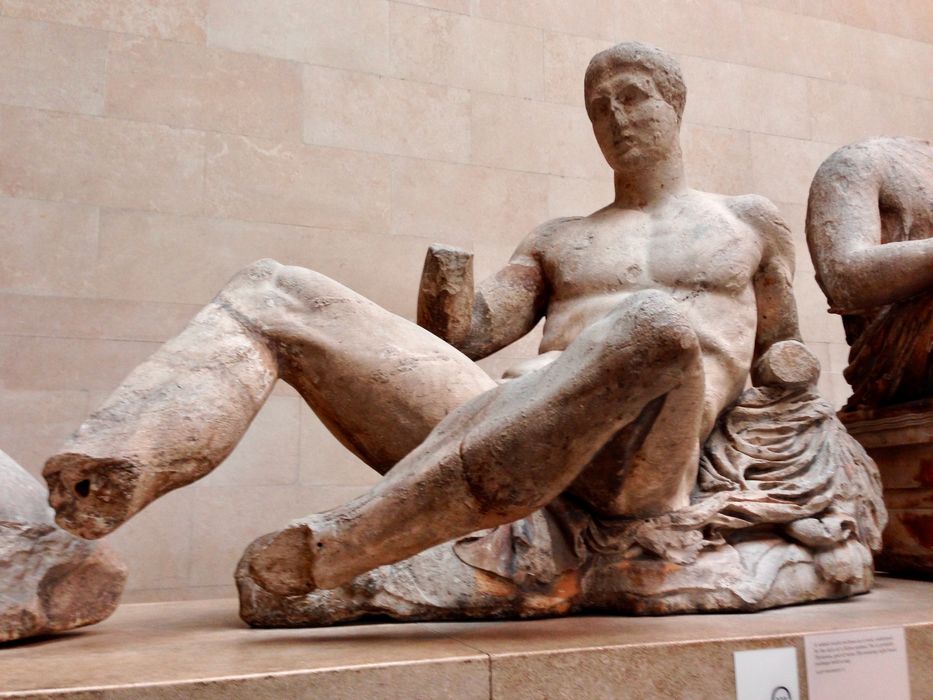
I’m reading a story from two years ago about a conflict regarding 3D scanning at museums.
The story concerns the famous Elgin Marbles, which are marble sculptures housed in the British Museum. The museum obtained them in the 19th century when they were somehow transferred from the Ottoman Empire (which controlled Greece at the time). In recent times there have been calls from Greece to the UK to return the sculptures back to their country of origin. Currently, the officials at the British Museum are willing to negotiate, but there’s been nothing substantive developed so far.
In 2022 representatives from the UK-based Institute of Digital Archaeology (IDA) requested permission from the British Museum to 3D scan the Elgin Marbles. They were denied.
Why deny permission? This seems to be a common practice among museums: they wish to “keep” their works, somehow fearing that they would be “stolen” if 3D scanned.
This is eerily reminiscent of indigenous people fearing photography.
The IDA captured the sculptures in the British Museum anyway by marching into the gallery with a souped-up iPad and performed the scan. They intended to reproduce the sculptures elsewhere.
But it wasn’t theft; their intention was to show the sculptures as they really were: in ancient times they were brilliantly painted. Today in the British Museum they are bare marble, showing only the geometry. The IDA intended to extend the knowledge about the sculptures through advanced technology, not steal them.
The question here is whether replicated versions are as valid as the originals. One might think that it’s important to see the “original” object, and that might be true. However, if you actually visited the British Museum itself you would see many replicated artifacts on display. For example, the famous Rosetta Stone on display is actually a replica, and the original is safely stored away somewhere else.
So what’s real and what’s not? I’m certain that the majority of visitors to the British Museum thought they were seeing an original object and not a replica.
These are questions that should be answered by all museums, and few if any have done so.
Quite a few museums have undertaken massive scanning programs to digitally capture their collections, but almost none of them have publicly released the contents.
This is problematic to me because in almost every case the artifacts are so old they qualify for public domain status. Using a replica, even for commercial purposes, should therefore be allowed.
In the end museums are businesses, and I suppose their policies are intended to defend the institution’s long term cash flow. People do come to museums to see things all the time.
But that’s only the people that can actually go to the museum. What about everyone else that lives far away and cannot travel?
It seems to me that there is a better answer for this question we haven’t seen yet. There should be a way for museums to exist, yet provide digital access for others.
This is especially important now because of the proliferation of today’s 3D scanning capabilities of today’s smartphones. At this point everyone can potentially have a free, high resolution 3D scanner in their pocket.
Should we open source museums?
Via JingDaily
